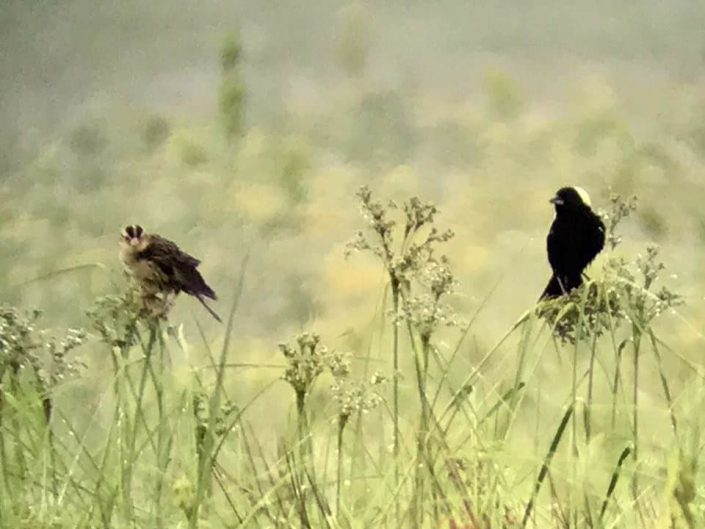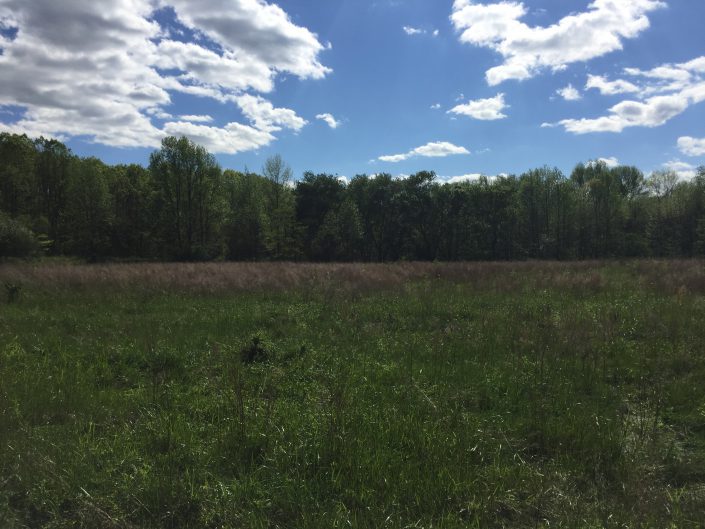Grassland birds of New Jersey
Part I: The Importance of Grassland Habitat
By Meghan Kolk, Wildlife Biologist
In this blog series, my goal is to examine the importance of grassland habitat in our state, introduce CWF’s new habitat restoration project, and highlight many of the species of grassland birds our project aims to benefit. So, first I’ll start off with a little background information about grasslands and why we need to preserve, restore and create more of this critical habitat.
Over one-third of the threatened and endangered birds in New Jersey rely on grassland habitat in some way for survival. Grassland habitat can be classified as the traditional meadow of grasses, forbs and wildflowers; but it can also come in other forms such as agricultural fields, pastures, fallow fields, and even airports. These fields provide feeding grounds for many birds, but more importantly provide essential nesting habitat for birds that make their nests on the ground between tufts of grass. These birds require very large expanses of unfragmented grassland for their breeding grounds. As habitat becomes more fragmented, there is greater risk of predation. Some birds further limit their available habitat by requiring a specific height of vegetation, or a mix of heights throughout the nesting season. Also, grasses must be clump-forming rather than a mat, so that birds can maneuver through the tufts for foraging, and hide their nests and young from predators.

Grasslands are the fastest vanishing habitat in New Jersey, and this is having a devastating effect on grassland birds. A few thousand acres of farmland are lost every year to development and vegetative succession. Changing agricultural practices have resulted in earlier and more frequent harvests (which means mowing during the critical nesting period), monocultures and crops of limited habitat value. In order to keep grassland habitat valuable, it must be managed correctly. Active management techniques to suppress succession include mowing, controlled burning and grazing. Management must be done only after the nesting is season is complete, as it would be detrimental to eggs and chicks. In 2005, in order to preserve farmland as habitat, CWF and partners started cooperative efforts with landowners to align their goals with good habitat management. Landowners were enrolled in incentive programs and guided through the technical aspects of restoration.

In addition to farmland, another important resource for grassland habitat in New Jersey is airports. In fact, for one endangered species, the upland sandpiper, it has become the only suitable habitat left in New Jersey. Airports must be managed specifically to support these birds by altering the mowing regime to ensure nesting areas are not mowed until chicks have fledged, and also to maintain different heights of vegetation throughout the season. Upland sandpipers require short grass during courtship and for foraging, tall grass for nesting, and short to medium grass for rearing young. CWF’s new grassland restoration project is focused on restoring and managing breeding sites at two airfields in New Jersey, which will be described in the next blog of this series. Stay tuned!
Discover more from Conserve Wildlife Foundation of NJ
Subscribe to get the latest posts sent to your email.